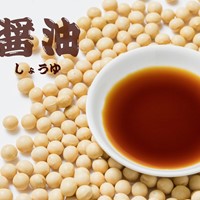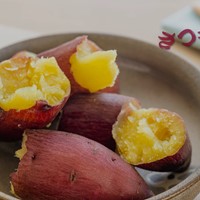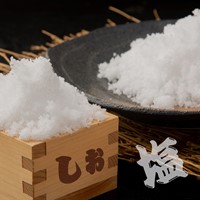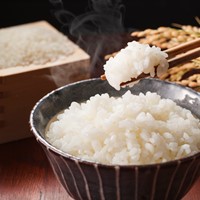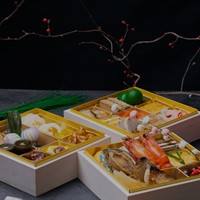What Is Tsukemono? A Guide to Japan's Essential Side Dish
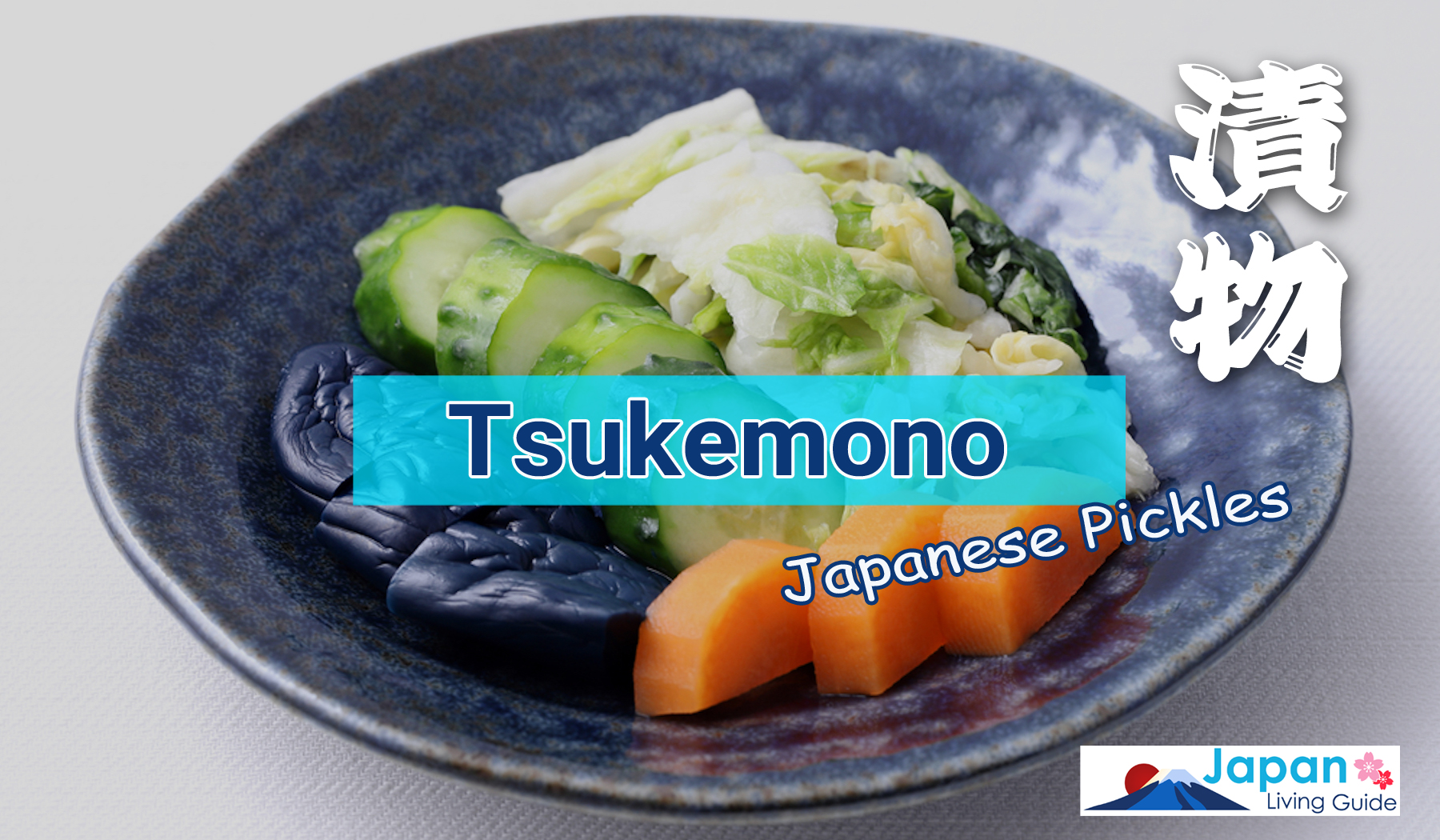
This page contains affiliate links.
As one of the key characteristics of washoku (traditional Japanese cooking), tsukemono, or pickled vegetables, are an essential feature of Japanese cuisine. Here we will introduce some of the varieties of Japanese pickles and their potential health benefits.
What Is Tsukemono?
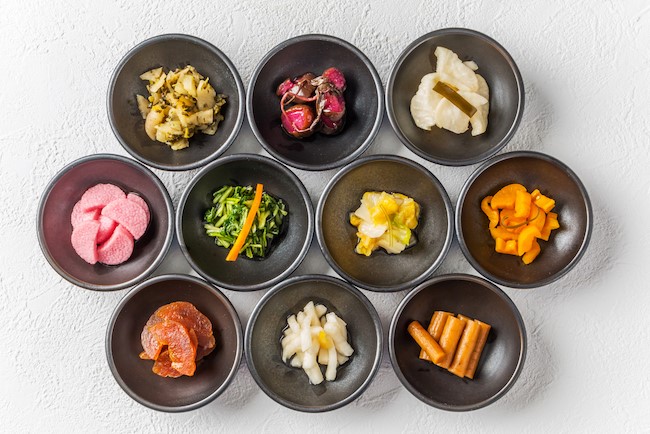
Pickles are such a ubiquitous part of Japanese cuisine that you will see them accompanying nearly all traditional dishes at restaurants, whether as a side dish or as a garnish. This is largely due to their inclusion as a key aspect of washoku. A lot of the culture around washoku is developed from kaiseki ryori, the national haute cuisine, which focuses on a balance of flavors, colors, textures, and cooking techniques.
Pickled vegetables add a unique flavor to a meal and also diversify the meal’s textures and colors. This has developed into a highly stylized art of knowing the appropriate pickle type for each traditional dish. However, Japanese pickles weren’t always like this.
Originally, the act of pickling vegetables in Japan developed out of pure necessity. In a time before modern farming techniques, refrigeration, and multiple preserving methods, pickling was one of the only ways to preserve fruits and vegetables during the summer in order to be used during winter when less fresh produce was available.
The original Japanese pickles were made using very basic ingredients and techniques, such as salt. Over time, a variety of pickling methods were developed and more ingredients were used to add flavor or adjust the existing flavor. This diversification of technique led to tsukemono becoming what they are today, a whole category of Japanese cuisine with a variety of flavors and styles.
Types of Japanese Pickles
There is currently quite a variety of pickle types commonly used in Japanese cuisine. These largely differ by pickling method. Here we will introduce some of these methods and the most common tsukemono you will see out and about while in Japan.
Shiozuke (Salt Pickling)
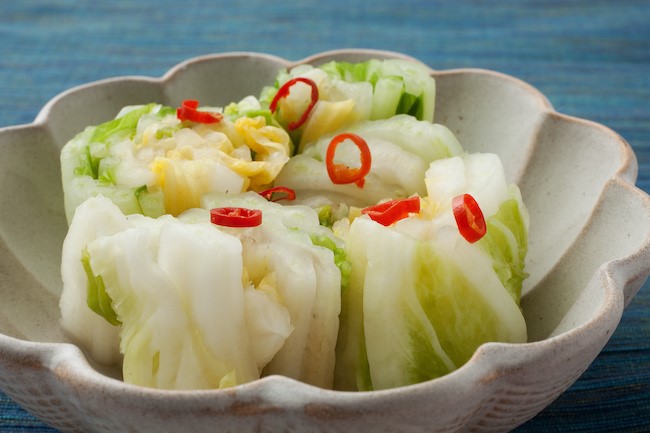
One of the oldest styles of tsukemono is shiozuke, or salt pickling. These can range from lightly salted, sliced vegetables resulting in a crisp pickle to heavily salted pickles with stronger flavors. One of the most well known types of shiozuke pickles is the ever-popular umeboshi, or pickled plum. This can be found in bento lunchboxes, in onigiri rice balls, and as a flavoring for various dishes.
Nukazuke (Rice Bran Pickling)
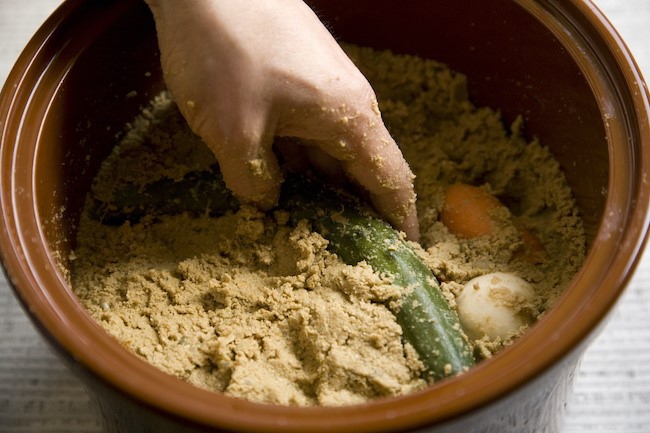
Nukazuke is another of the most common pickle types found in Japan. These pickles use a mixture of roasted rice bran, salt, kombu, and various other ingredients to ferment the vegetables. An assortment of nukazuke vegetables is a common example of a tsukemono side dish in many restaurants. You can also purchase Nukadoko to make nukaduke.
Shoyuzuke (Soy Sauce Pickling)
Shoyuzuke involves using soy sauce as a base for pickling the vegetables. This is a very flexible style of pickling as the amount and strength of soy sauce along with the pickling time can be adjusted to create a large range of flavors and textures.
Kasuzuke (Sake Lees Pickling)
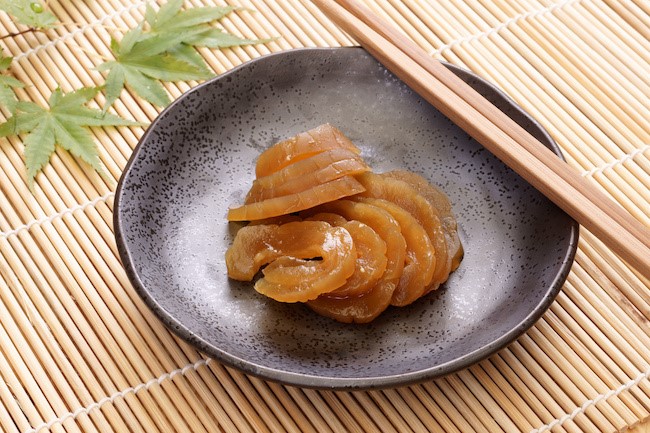
Kasuzuke is made by preserving vegetables in sake lees (the yeast left after filtering the sake), mirin cooking wine, salt, and sugar. These pickles can cure for up to several years and have a very strong taste, often slightly alcoholic in flavor.
Misozuke (Miso Pickling)
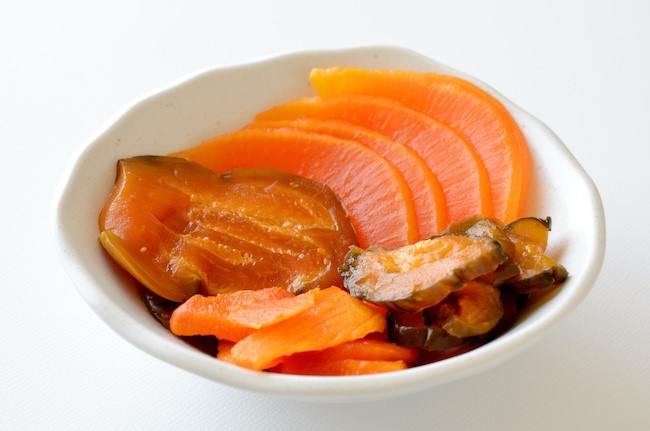
Misozuke is a pickling method similar to that of nukazuke, but using miso paste instead of rice bran. Many of the same vegetables are used for both methods, and they can sometimes be difficult to tell apart by sight. However, misozuke usually has more of a miso taste.
Suzuke (Vinegar Pickling)
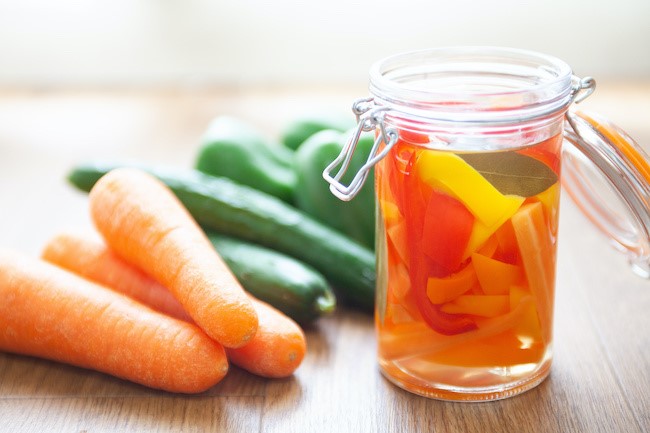
Suzuke is another simple pickling style using rice vinegar as a pickling brine for vegetables. However, the low acidity of the rice vinegar means it has to remain refrigerated even after the pickling process is complete.
Other Japanese Pickles
Some other popular pickle dishes that have not yet been mentioned include kyuri asazuke, or cucumber pickles. This is a fresh and crisp shiozuke-style pickle often seasoned with kombu and vinegar and enjoyed during the summer when it can be quite refreshing.
There is also gari and beni shoga, some of the most common pickle types known to foreign visitors. Gari, or pickled ginger slices, are often served as an accompaniment to sushi, a practice which is also followed in many overseas sushi shops. Beni shoga is another type of pickled ginger, however, this time in the form of julienned slices of ginger pickled in plum vinegar. These are often served as a garnish, especially with heavy dishes such as gyudon or yakisoba.
Potential Health Benefits
There are many reported health benefits to eating tsukemono on a regular basis. One of the most cited benefits is an increase in dietary fiber. Studies have found that many people have insufficient dietary fiber in their diet, and Japanese pickles are potentially a great way to supplement that.
Some types of tsukemono involve fermentation with lactobacillus, a commonly known probiotic agent. These pickles are resistant to gastric acid in your stomach and allow the probiotic to reach your intestine, where it can have the most benefit. This is yet another way in which Japanese pickled vegetables may help improve your digestive system.
Another of the main benefits is an abundance of vitamins and minerals. As tsukemono are made from fresh vegetables with relatively little additions and seasonings, the fermentation process may be able to retain the vitamins. These include potassium, amino acids, and a range of vitamins depending on the vegetable used. Many of the vegetables used are cruciferous, meaning they may have anti-inflammatory and antioxidative effects.
Eating Japanese pickles regularly could be a great way to get the benefit of both the probiotic agent used in fermentation along with the fiber and vitamins included in the vegetable itself.
Buying Tsukemono Online
Click the image(s) to see details.
Make Tsukemono a Gateway to Exploring Japanese Cuisine
Anyone who has visited Japan or eaten Japanese food frequently will understand how important tsukemono is as a component of Japanese meals. While they may not be the most visually exciting or impressive part of a meal, Japanese pickled vegetables are an integral aspect of traditional Japanese cuisine. For more information on Japanese ingredients like rice, natto, and more, be sure to check out our comprehensive Japanese food guides.



